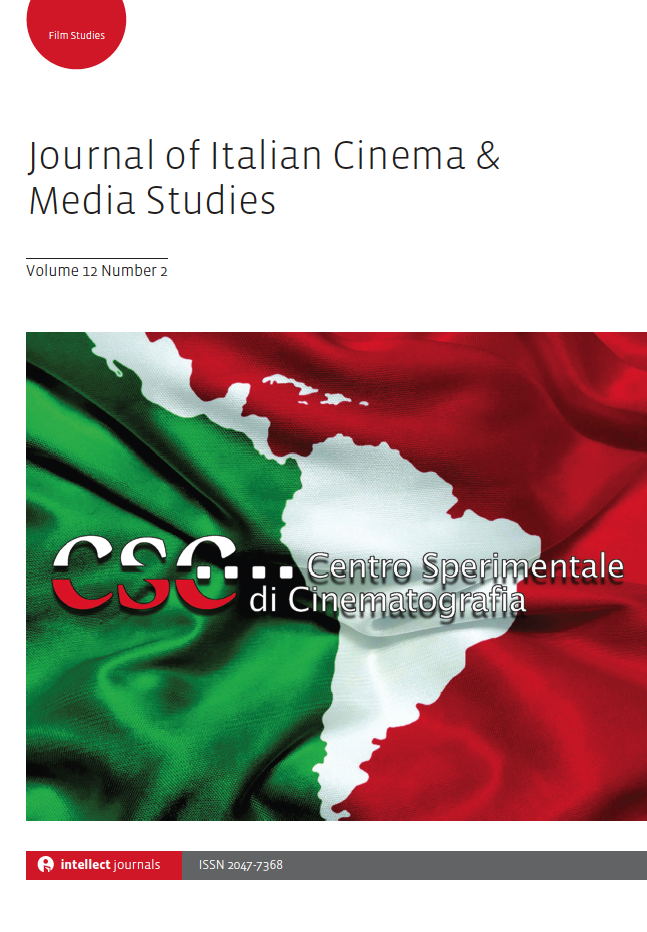
Full text loading...

The character of Lazzaro in Alice Rohrwacher’s acclaimed film Lazzaro felice (Happy as Lazzaro) (2018) is the emblem of a person who is destined for enslavement and martyrdom. He is both overwhelmed by the mechanisms of the hierarchical abuse of power and a model of virtue for posterity. This article analyses Lazzaro’s symbolic potency within the wider frame of Alice Rohrwacher’s oeuvre by highlighting the similarities between the main character of Happy as Lazzaro and Marta and Gelsomina, the protagonists of Corpo celeste (Heavenly Body) (2011) and Le meraviglie (The Wonders) (2014), respectively: all question the world of adults through the lens of their adolescence. Unlike Marta and Gelsomina, however, Lazzaro is also regarded as a saint, whose invitation to indulge in ‘stupidity’ – or (holy) foolishness – and mysticism of reality goes unheard.

Article metrics loading...

Full text loading...
References


Data & Media loading...

Publication Date:
https://doi.org/10.1386/jicms_00164_1 Published content will be available immediately after check-out or when it is released in case of a pre-order. Please make sure to be logged in to see all available purchase options.